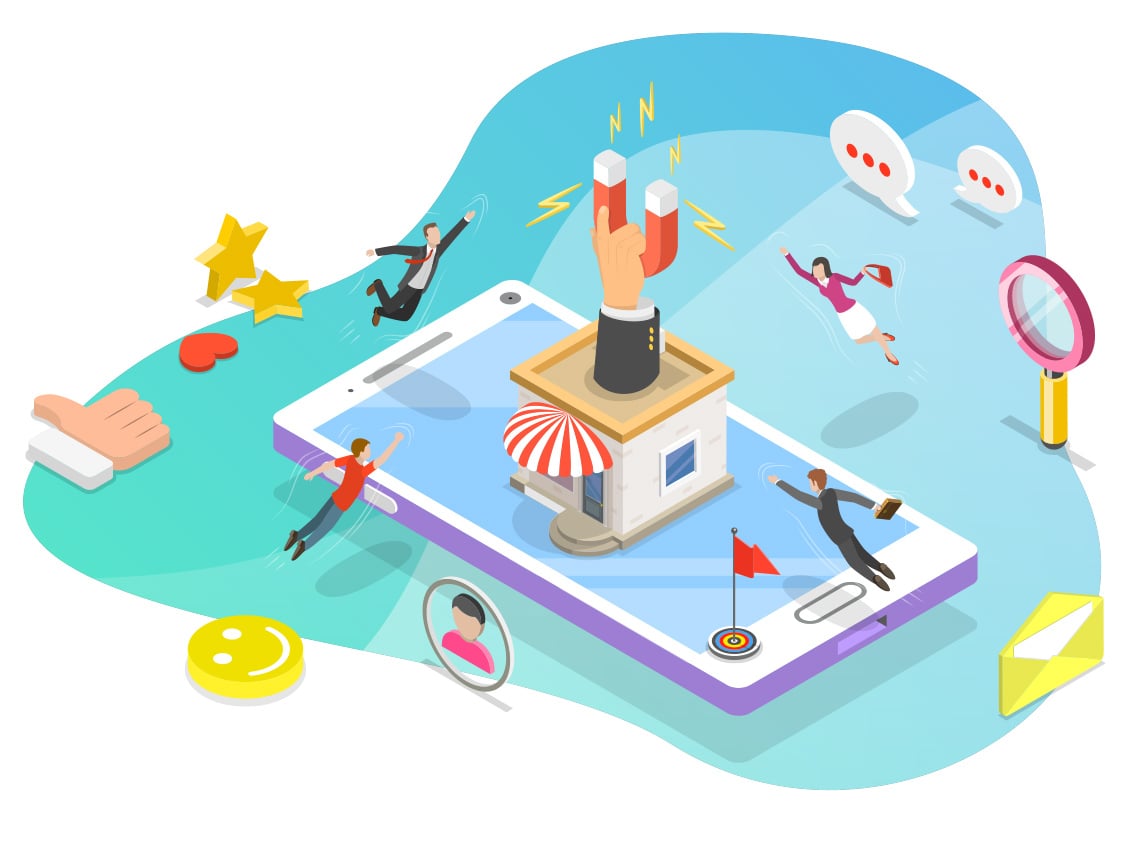Many SaaS companies grapple with sky-high Cost Per Acquisition (CPA). First and foremost, it’s tough to reach out to B2B buyers; on top of that, the B2B sales cycle tends to be pretty long, and your lead might churn at any point in time, bringing you back to square one.
Want to reduce your CPA, and generate more leads and customers? If you haven’t already done so, it’s time to consider building out a SaaS referral program, so that you can get existing customers to refer qualified leads to you.
In this blog post, we’ll discuss the benefits of SaaS referral programs, and walk you through the exact steps you can take to set up your own referral program. Read on to find out more!
The Benefits of a SaaS Referral Program
By creating a referral program, you’ll be able to lower your CPA, increase your conversion rate, and even increase retention rates and customer lifetime value (CLV).
1
Lower CAC
When you acquire a customer through a referral program, the only costs you incur are whatever incentives you provide to the referrer.

Say you set up a referral program stating that all customers who successfully refer their friends get one month’s worth of subscription fees waived. In this case, your opportunity cost = one month’s subscription fees per customer, but assuming you don’t incur any variable costs in making your tool available to an additional customer, you won’t need to bear any extra expenses.
On the flip side, if you run a digital marketing campaign to acquire users, you can expect your CAC to be a lot higher. Most SaaS-related keywords are highly sought after on Google Ads, and you might find yourself spending up to $100 to get a single click.
2
Higher Conversion Rates
Statistics show that referral marketing generates conversion rates that are 3-5x higher than any other marketing channel. Think of it: when someone refers your SaaS tool to a friend, they’re basically endorsing it and putting their stamp of approval on it. All that social proof does wonders in boosting conversion rates!
3
Higher Retention Rates & CLV
When you’re running a Software as a Service company, the goal is to acquire customers who will stick around for the long haul. Obviously, a customer who will use your tool consistently for, say, 10 years is worth much more than a customer who will use your tool for two months, before cancelling their subscription.

According to Deloitte, customers referred by other customers have a 37% higher retention rate, so this fits in nicely with your strategy. Running in the same vein, a study by the Wharton School of Business also shows that the CLV of a referred customer is 16% higher than non-referred customers. Pretty sweet, right?
How To Create A SaaS Referral Program
Awesome, you’re now up to speed on the various benefits that SaaS referral programs bring to the table. In this section, we’ll move on to outline the steps involved in creating your own SaaS referral program.
Make Sure Your Customer Love Your SaaS Tool

SaaS referral programs work on the premise that your customers love your product, and they’d be happy to recommend it to their friends and family. For example, if you're looking for an essay writing service, and you see that some of your colleagues have had a great experience with a particular one according to the results of an essay grader, there's a good chance you will seriously consider that option. If that’s not the case, well, there’s a high chance that your referral program will fail.
So, if you’re thinking about creating a SaaS referral program, the first thing to do is to measure your customer satisfaction levels, and make sure your users are happy. If you get plenty of positive feedback from your users, then move onto the next step.
Decide On Your Incentive
In an ideal world, your customers would recommend your product to their friends/family simply because they love it so much. In real life, however, this isn’t likely to happen.

Now, remember that your users are business professionals with extremely packed schedules. If you want them to take some time out of their day to recommend your product to a friend, you should definitely offer some sort of incentive to sweeten the deal.
Here are a few referral program ideas:
- Cash credits (eg $50 to offset next bill when a friend signs up)
- % discount (eg 20% off your next bill)
- Fee waiver (eg next month’s subscription waved)
- Upgrade (eg free upgrade to a premium plan)
Choose a Referral Tool
If you’d like, you can set up a referral program manually. But to streamline the process, and track the effectiveness of your program more easily, consider using a referral tool such as the following:
Outline the Terms and Conditions
When creating a referral program, it’s important to lay out all the terms and conditions, so that you cover your bases.

Most importantly, you’ll want to distinguish whether you’re offering a referral bonus for every referral made, or only upon successful referrals (ie: where the referred person converts as a customer). Most companies do the latter, because you wouldn’t want your customers to refer your product to everyone in their phone book, just to rack up freebies.
On top of that, you might also want to specify who is eligible to earn referral bonuses, and whether there’s a limit on the number of bonuses that can be earned.
Decide When To Ask For A Referral
When asking for a referral, timing is key. If you ask too early, your customer might not have gotten any value out of your product, and this means they’re unlikely to recommend it. If you ask too late, they might no longer be excited about your product; again, this reduces the chances that you’ll get a referral.
So: when’s the best time to ask for a referral? There’s no one-size-fits-all approach, so feel free to experiment and see what works best for your company. Here are a couple of options to get you started:
- After a milestone (eg after your customer has been with you for one year)
- After a certain usage threshold (eg after your customer has ran 10 campaigns or created 10 assets with your tool)
- After a customer responds positively to a survey
- After a customer leaves you a positive testimonial
Decide How To Promote Your SaaS Referral Program
Don’t just set up a landing page for your referral program, and call it a day. To get the most out of your referral program, go ahead and promote your referral program through email, social media, and more.
Here are a few examples:
- Edit your existing drip campaign to promote your referral program
- Send in-app messages to your customers
- Get your support reps to bring up your referral program (after they’ve successfully resolved a user’s problem)
- Promote your referral program through social media
- Link to your referral program in your email signature
- Build it into your website marketing automation
Track And Measure Results

As with any other form of marketing, it’s important to track and measure your results once you’ve set up a new referral program.
First and foremost, think of the key metrics that you want to monitor, and figure out how to track them. Popular referral metrics include:
- % of customers who become referrers
- Number of referrers
- Number of referrals sent
- Number of referrals sent per referrer
- Click through rate (for referrals sent)
- Conversions (number of customers who sign up via referral)
- % conversions (% of customers who sign up via referral)
From here, track the performance of your referral program month-on-month, and think of ways to improve the program. For instance, you might A/B test two different incentives, and see which one is more well-received by your customers.
Conclusion
At the end of the day, SaaS referral programs let you have your cake and eat it at the same time. These programs can be the low hanging fruit that allows you to acquire customers at a lower cost, without compromising on buyer readiness or quality.
The bottom line? If you’re not using a referral program to supplement your customer acquisition strategies, you’re basically leaving money on the table. Go ahead and set up your SaaS referral program, ASAP!
Need some help with putting together your SaaS B2B referral program? Get in touch with Roketto, an inbound marketing agency that helps SaaS companies drive long-term growth and conversions.

Chris Onyett
Chris is one of the managing partners at Roketto. His area of expertise is digital marketing and loves sharing and educating on topics like Google Ads, CPC bidding tactics, Google Analytics, and marketing automation. When Chris isn't in the office, he enjoys playing volleyball, mountain biking, and hiking with his American Eskimo.













2.png)
2.png)









